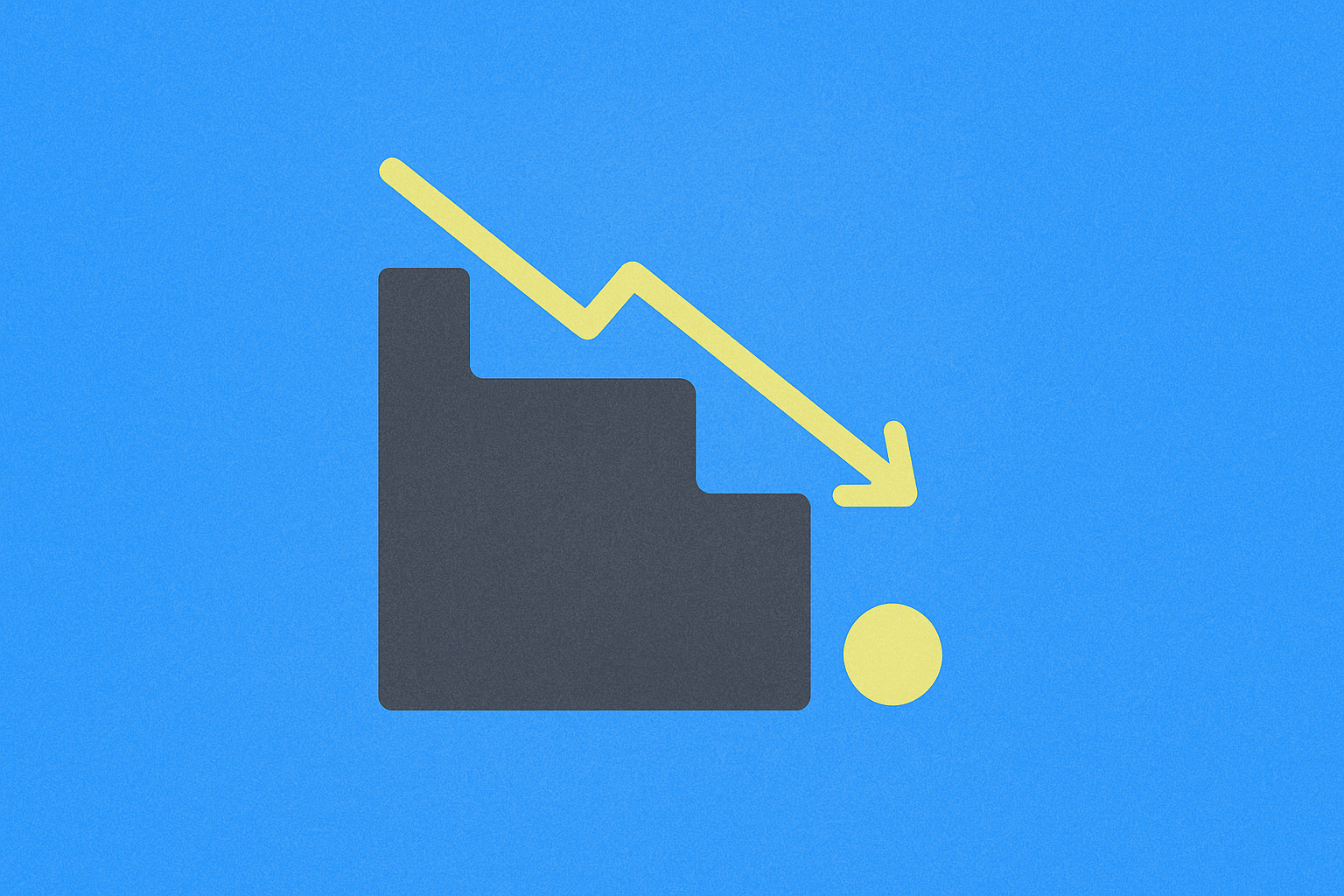define drawdown

Drawdown refers to the percentage decline in value of an investment portfolio or specific asset from its historical peak to a subsequent lowest point. In cryptocurrency markets, drawdowns are particularly common and often significant due to the high volatility characteristic of digital assets. As an important risk indicator, drawdowns help investors and traders measure downside risk, evaluate potential maximum losses when holding an asset, and provide reference points when developing investment strategies or risk management plans.
Key Features of Drawdown
Drawdown calculation formula: Drawdown percentage = [(Peak price - Lowest price) / Peak price] × 100%
Maximum Drawdown (MDD): The largest percentage drop from peak to trough during a specific period, a critical metric for evaluating investment risk.
Drawdown depth: Reflects the severity of price decline; greater depth indicates higher price volatility risk.
Drawdown duration: The time required to recover from peak to the same peak level, measuring the market's ability to recover from downturns.
Drawdown frequency: The number of drawdown occurrences within a specific period; higher frequency indicates more frequent market volatility.
In cryptocurrency markets, Bitcoin has experienced several significant drawdowns, such as approximately 84% in early 2018 and about 55% in mid-2021, far exceeding average drawdown magnitudes in traditional financial markets.
Market Impact of Drawdown
Drawdowns directly impact market confidence, with large-scale drawdowns often triggering investor panic, leading to further selling pressure and creating a negative feedback loop.
Drawdowns are also necessary processes for healthy market corrections, eliminating speculative overheating, returning assets to reasonable valuations, and establishing foundations for long-term upward trends.
In institutional investor assessments, drawdown metrics are important standards for measuring strategy robustness. Large funds typically set drawdown thresholds that trigger risk control mechanisms when exceeded.
Drawdowns directly affect the position security of leveraged traders. In cryptocurrency markets, excessive drawdowns can lead to forced liquidations, creating chain reactions that further intensify market volatility.
Risks and Challenges of Drawdown
Psychological risk: Significant drawdowns may cause investor emotional collapse, leading to irrational decisions such as panic selling at the lowest point.
Capital risk: Failure to set reasonable stop-loss positions may result in substantial capital losses or even forced liquidation in leveraged trading.
Drawdown misinterpretation: Relying solely on historical drawdown data to predict future risk is dangerous, as changing market environments may lead to significantly different drawdown patterns.
Liquidity trap: During large-scale drawdowns, market liquidity may dramatically decrease, making it impossible to exit positions at reasonable prices.
Uncertain recovery time: Although markets may eventually recover, the time required for recovery cannot be accurately predicted, presenting challenges for time-sensitive investors.
In risk management, investors should incorporate drawdown indicators to develop reasonable capital management strategies, including position control, stop-loss settings, and diversified investments, to reduce overall portfolio risk from significant drawdowns in single assets.
Drawdowns are inevitable in cryptocurrency investment, and understanding and properly responding to drawdowns is crucial for investment success. Through historical data analysis, we can see that almost all long-term successful digital assets have experienced significant drawdowns, but their long-term value growth often exceeds losses from short-term volatility. Investors should view drawdowns as tools for risk assessment and strategy optimization rather than simply fearing market corrections. In highly volatile crypto markets, developing investment plans that match personal risk tolerance and maintaining rationality when facing drawdowns are key elements for achieving long-term investment success.
Share
Related Articles

Exploring 8 Major DEX Aggregators: Engines Driving Efficiency and Liquidity in the Crypto Market

What Is Copy Trading And How To Use It?
